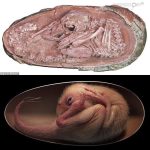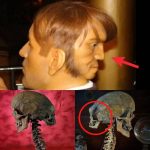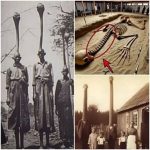Akhenaten: The Pharaoh Who Defied Time
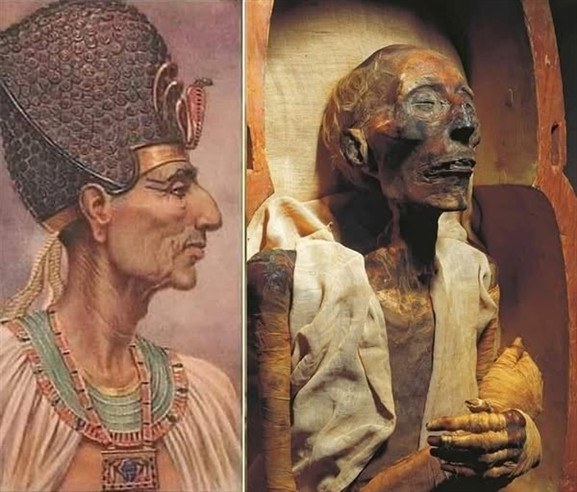
Few figures in ancient Egypt stir as much fascination and debate as Pharaoh Akhenaten, the enigmatic ruler of the Eighteenth Dynasty who reigned from 1353–1336 BC. Known as the “heretic king,” Akhenaten broke with centuries of Egyptian tradition by elevating the sun disk, Aten, above all other gods, establishing what some call history’s earliest attempt at monotheism. His radical vision reshaped religion, politics, and art, leaving behind a legacy that continues to intrigue archaeologists, historians, and lovers of ancient mysteries.
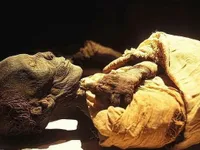
At the heart of his revolution was the creation of Akhetaten—a city built from the sands of the desert, dedicated entirely to Aten’s worship. This bold act symbolized not just a new capital, but a new spiritual order. Traditional depictions of gods and pharaohs gave way to elongated, almost alien artistic styles, reflecting Akhenaten’s break with convention. In these images, he appears alongside his queen, the iconic Nefertiti, their family bathed in the rays of Aten. For contemporaries, it was a world transformed; for us, it remains a window into the Pharaoh’s visionary yet controversial reign.
Millennia later, Akhenaten’s story does not end with his religious reforms or the fall of his city. His mummified remains, though debated in their exact identification, stand as both relic and revelation. Time and the desert’s arid embrace preserved fragments of his body—skin, bone, and ritual wrappings—offering a haunting glimpse into the man who once defied the gods of Egypt. The preservation is not perfect, but within that fragile figure lies a paradox: mortality wrapped in eternity, ambition preserved against oblivion.

For Egyptologists, Akhenaten’s remains carry immense scientific and symbolic weight. They are not just human remnants, but pieces of a puzzle that continue to fuel debates about dynastic succession, the lineage of Tutankhamun, and the true motives behind his religious upheaval. Did Akhenaten’s vision collapse due to divine disfavor, political resistance, or simply the unstoppable tide of tradition? Each new study of his mummy brings us closer to understanding the man behind the legend.
Beyond the scholarship, Akhenaten’s legacy is deeply human. His quest to redefine faith, his defiance of tradition, and his attempt to carve eternity in stone and spirit speak to universal struggles—ambition, devotion, and the desire to outlast death itself. The mummy that lies in silence today is not merely a relic; it is a reminder that power fades, but ideas endure.
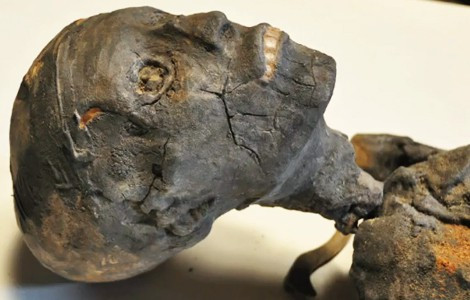
In Akhenaten, ambition met eternity. His body, preserved against time, whispers of revolution and resistance. His vision, though erased from temples and condemned by successors, survives in memory. And his story, half history, half mystery, continues to remind us that even the mightiest pharaohs could not conquer mortality—but some could shape eternity.
#AncientEgypt #Akhenaten #AmarnaPeriod #Pharaohs #Archaeology




